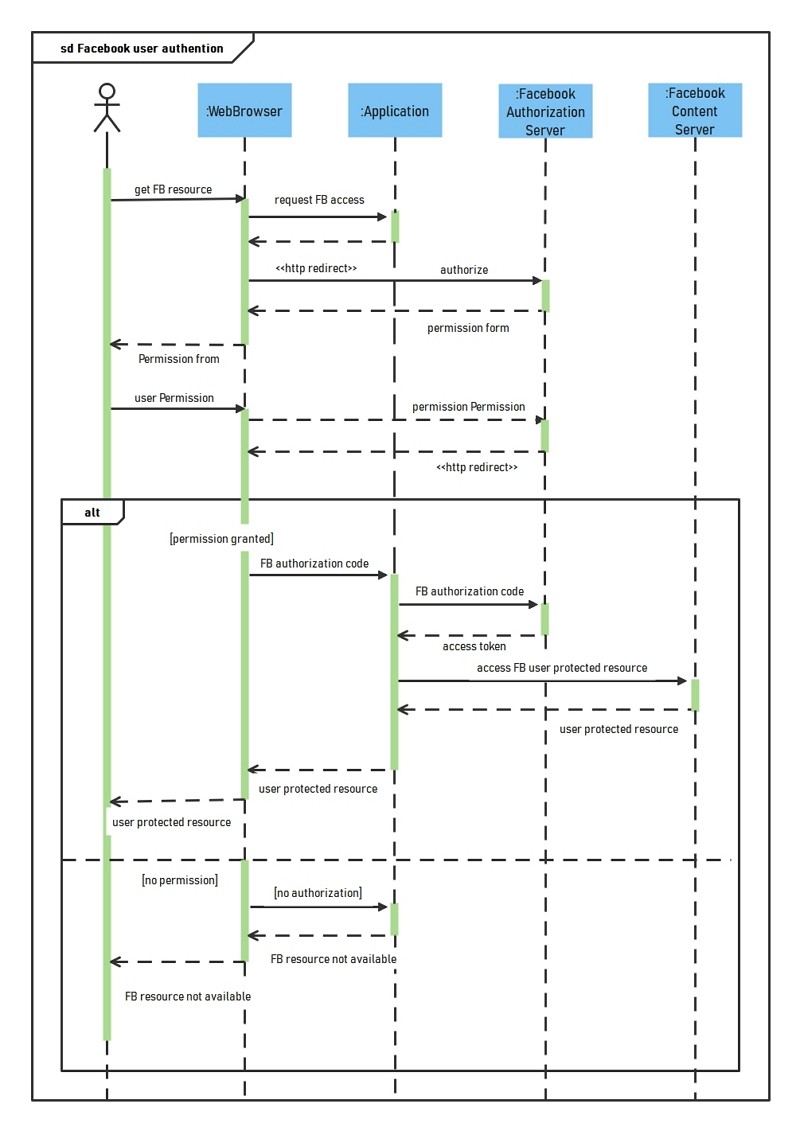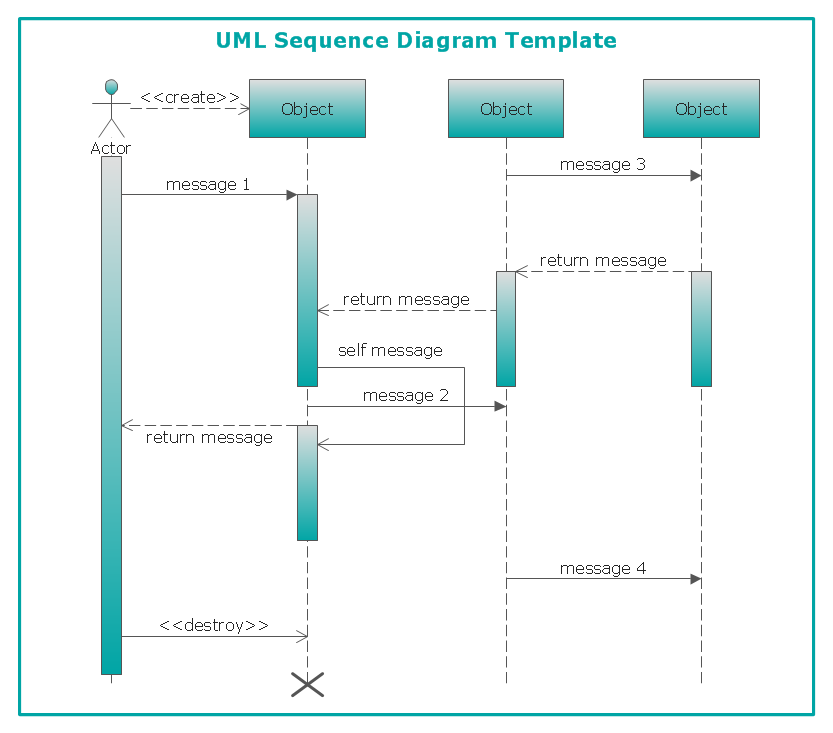
SEQUENCE DIAGRAM EXAMPLES REGISTRATION
SEQUENCE DIAGRAM EXAMPLES UPDATE
Specifically, update rules are devised for ASMs to handle important behaviors present in most embedded software operating in distributed or parallel environments. To address this ambiguity, this paper presents a formal model in operational semantics based on Abstract State Machines (ASM) to define the semantics of sequence diagrams. This ambiguity is exacerbated by the fact that different styles of sequence diagrams can be used for different purposes of modeling and analysis. Unfortunately, the new revision introduced a significant degree of ambiguity in the interpretation of these diagrams. These fragments are based on a set of operators that can simplify the diagram's structure or alter the order of events in the diagram. The latest specification of the Unified Modeling Language (UML) 2.x revised completely the structure and elements of sequence diagrams by expanding their modularity via interaction fragments. This formal model can be readily extended to define the semantics of the remaining operators including information about time intervals and their related constraints. To address this ambiguity, this paper presents a formal model in operational semantics based on Abstract State Machines (ASM) to define the semantics of the loop, break and strict operators in sequence diagrams. As these diagrams are increasingly adopted as modeling tools in embedded software, their ambiguity can exacerbate the challenges encountered in embedded system design. However, the latest specification introduces a non-trivial degree of ambiguity in the interpretation and understanding of sequence diagrams. Embedded in combined fragments, these operators are intended to simplify the diagram's structure or alter the order of its events. Recently, sequence diagrams have been extended with the introduction of a set of operators in the latest specification of the Unified Modeling Language 2 (UML 2). Our results show the proposed creative approach is able to reduce ambiguities of the software architecture in practice. We implement our approach as a plugin of Breeze, and illustrate a running example of modelling a poetry to music system in our case study.

Then, another creative rule – transformational rule (TR) is employed to help to transform our Breeze/ADL model to a popular model – unified modelling language (UML) model. Secondly, we use a creative rule–combinational rule (CR) to combine the vector clock algorithm for reducing the ambiguities in modelling scenarios. Firstly, we extend an architecture description language (ADL)-based language–Breeze/ADL to model the software architecture. Our work expands this idea in three directions. In order to reduce ambiguity in scenario-based software architecture analysis, this paper introduces a creative computing approach to scenario-based software requirements analysis.

As these ambiguities may lead to defects, it is desirable to reduce them as many as possible. Although researchers have proposed various scenario-based approaches to analyse software architecture, there are still limitations in this research field, and a key limitation is that scenarios are typically not formally defined and thus may contain ambiguities. As scenarios are useful to understand the requirements and functionalities of a software system, the scenario-based analysis is widely used in various tasks, especially in the design stage of software architectures.

In software engineering, a scenario describes an anticipated usage of a software system.


 0 kommentar(er)
0 kommentar(er)
